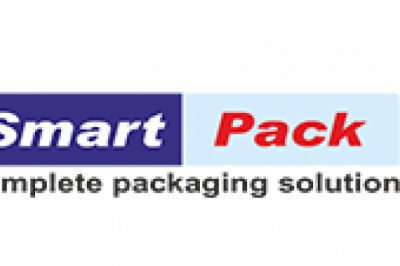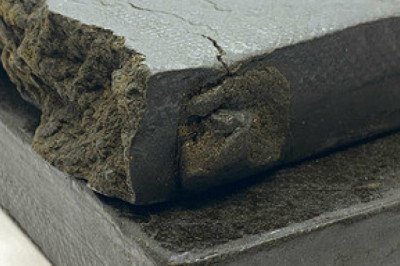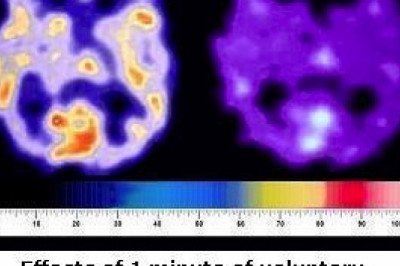views
The popularity of NFT is endless. The non-tangible digital landscape has been transformed by NFT into a sustainable one. Artists, influencers, and other creators have benefited in this fashion by being able to commercialize and safeguard their ownership.
Because of this exciting non-fungible technology, institutional investors, entrepreneurs, and technology companies currently consider NFT to be the most lucrative market.
You might be one of those people looking for quick solutions to build an NFT marketplace similar to Opensea. However, if you're unsure of where to begin, this blog will guide you with clear instructions.
How to create a website like OpenSea? Step by step guide
Step 1 - Install software library:
The first stage in constructing the NFT marketplace is to import the necessary software library components. Installing front-end javascript frameworks like Next.js, NodeJs, and React will allow you to program the user interface elements anyway you desire.
In this situation, professional UI designers can assist you replicate the Opensea UI design. In addition, you should have robust, hardhat frameworks because they aid in the creation of smart contracts.
Step 2 - Write NFT marketplace smart contract
The next stage is to create an Opensea-like smart contract for the NFT marketplace. The smart contract needs to be carefully built to include the functionalities for buying and selling NFT, listing NFT, adding ID, adding metadata, updating or cancelling the listing, and minting NFT.
You must make sure that you are creating an indestructible NFT market similar to Opensea in this way. The smart contract codes are used to validate the user dashboard, my assets page, and the NFT listing page.
Step 3 - Frontend integration
The front-end is then merged with the smart contract and tested to see how it functions. You must first ensure that the Ethereum wallet is functional and that the NFT items are listed in the correct sequence before deploying it to the local nodes. There should be no hiccups or lags in the user-side NFT marketplace in any respect.
Step 4 - IPFS storage integration
The NFT market requires the decentralised storage system for the following phase. You can do this by using IPFS storage options like Pinata, which provides a user-friendly dashboard for storing your data.
It functions essentially in the same manner as CDN in web2. To provide a unified picture of all the NFT details, the IPFS is fed with the whole NFT meta data. Smart contracts are connected to the IPFS link, and the contract validates the NFT address, transaction information, previous owner information, etc. The distributed ledger technology then verifies the NFT data.
Step 5 - Deployment on Blockchain
Deployment continues based on the blockchain you prefer to use. In this instance, the blockchain that we are using is Ethereum. You can transfer your contract to the Ethereum mainnet once you have your ERC721-compliant token (NFT) contract and marketplace contract set up on Hardhat.
Step 6 - Operate the marketplace
The best developer-friendly interface is HardHat, which enables you to generate, test, and deploy Ethereum apps before switching to a live chain.
The NFT marketplace is ready to go live, and users can start signing up in small groups. If the client-side communication is effective, influencer campaigns, marketing campaigns, promotions, and social media can all be used to sell the NFT marketplace. It is preferable from the user's perspective to create a gas-free NFT marketplace.
Alternative Solution for non-tech Entrepreneurs:
If you believe that constructing an NFT marketplace using the aforementioned method is too complicated, there are other, more economical options. There are two further choices, White label NFT marketplace and Openesea clone script, which we'll examine right now.
Opensea clone script:
The Opensea clone script is an NFT marketplace script solution that has all of Opensea's essential features and can be used entirely to quickly establish a fully functional NFT marketplace. As a result, creating and maintaining a successful NFT marketplace won't be difficult.
NFT listing, NFT details update/cancel, buy/sell NFT, get individual NFT listing, NFT assets page, and NFT seller details are some of the features available. Our Opensea clone marketplace SDK includes pre-installed features and add-ons that are simple to plug and play in the testnet.
The software/SDK we offer is completely dependable, effective, and developer friendly so that upcoming changes may be completed quickly. This is the most economical option if you feel at ease with a basic code approach. Custom NFT marketplace development is more time-consuming, expensive, and requires more developer resources.
Learn more about the Opensea clone script here.
How can Hivelance help you in developing the NFT Marketplace?
Hivelance, an NFT marketplace development company helps Brands, Entrepreneurs, Financial institutions in developing their niche NFT marketplaces. Our root expertise in web app coding NFT, smart contract development can make your NFT marketplace superior in the market.
We have programmers in all the programming languages we discussed earlier. The smart contract standard, front-end, backend experience, and DLT knowledge we have inside can be the best proof why we are best in the market.












Comments
0 comment